The Neferhotep Tomb in the Khokha area on the west bank of Luxor was inaugurated on Sunday morning by Secretary General of the Supreme Council of Antiquities (SCA) Mostafa Waziry and Ambassador of Argentina Gonzalo Oriolabeta.
Neferhotep was Scribe Great of Amun, overseer of the cattle of Amun and overseer of the neferut of Amun.
The tomb dates back to the Eighteenth Dynasty during the reign of King Ay (1327-1323 BC).
The tomb is a new tourist attraction of great significance and uniqueness in the western mainland of Luxor, which is experiencing a large influx of tourists during the winter tourist season, Waziry said.
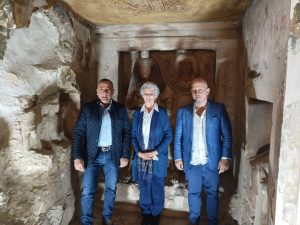
He described the cemetery as a place of remarkable beauty and precision, with many scenes and engravings carved on the walls, which illustrate the changes in funerary practices that occurred after the Amarna period, as well as the presence of a statue of the owner of the tomb and his wife, Meritamun, who held the position of chanter of the god Amon.
The hypogeum had a longitudinal design that followed the east-west direction, symbolising the rebirth of the dead and the sun’s daily cycle.
The tomb’s chapel featured an impressive depiction of the Great Temple of Amun and its domains, while the vestibule showed the royal palace. These scenes indicated the high social status of the tomb’s owner.
Fathi Yassin, Director General of Antiquities of Upper Egypt, said the restoration project started in 2000, when the Argentinian University team documented and analysed the texts in the tomb.
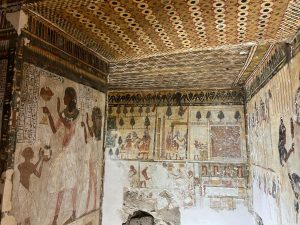
Then, in 2013, a German restoration team began to preserve and clean the wall paintings, which were badly damaged by fire and time. They used a laser technique that does not harm the fragile surfaces, and revealed the colourful and artistic murals and hieroglyphs that had been hidden for centuries.
The wall paintings, reliefs and sculptures underwent extensive conservation measures. The main activities included stabilising loose stone fragments, cracks, detached plaster and paint layers.
The ancient Egyptian mural painters mixed pigments with gum Arabic as a binding medium to make their paint. They used coal black, huntite white, red and yellow ochre, Egyptian blue and green, and jarosite as pigments. Some parts of the paintings with multiple colours are finished with a mastic varnish — a natural resin from the acacia tree.

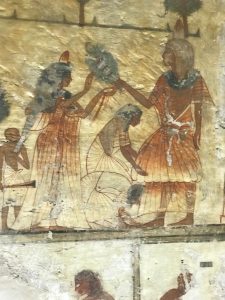
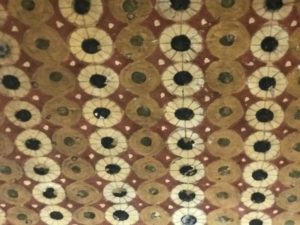
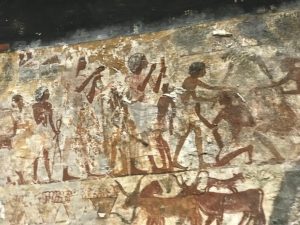
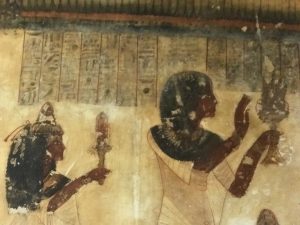
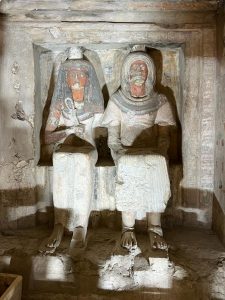






Discussion about this post